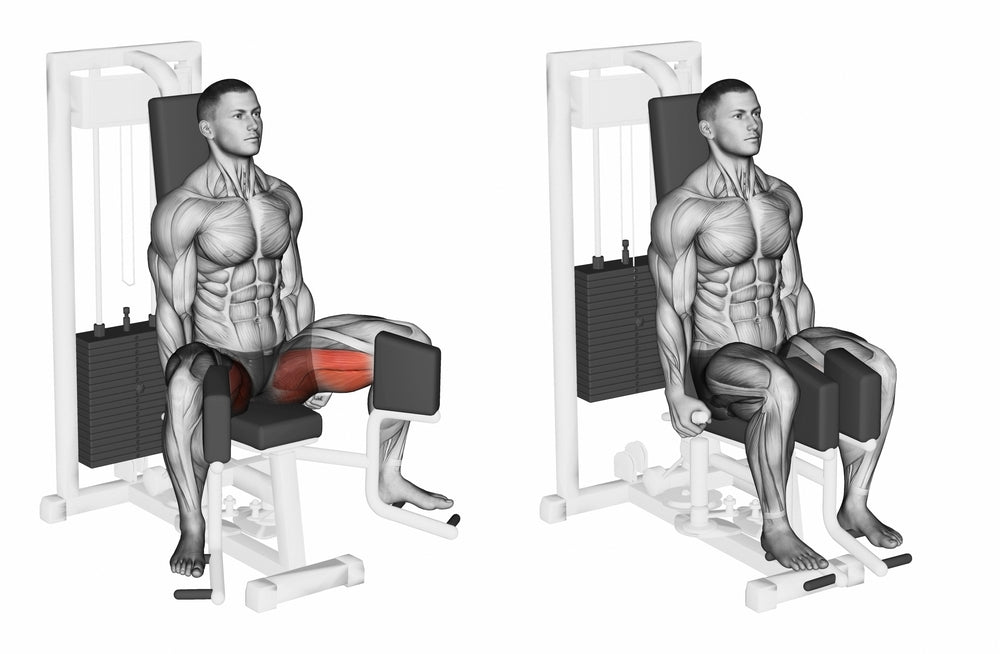Exercise Anatomy
Hip Joint Adduction
Hip Joint Adduction is a valuable exercise that targets the inner thigh muscles. By bringing the leg toward the midline of the body, this movement helps strengthen and tone the adductor muscles. Incorporating Hip Joint Adduction into your routine not only improves lower body stability but also contributes to overall leg strength. Whether you're aiming to enhance athletic performance or seeking a well-rounded lower body workout, this exercise is a simple yet effective way to target and tone the inner thigh muscles for better functional strength and aesthetics.

Major Muscles and Actions Involved
Hip Joint Adduction involves the movement of bringing the leg toward the midline of the body. This action engages the muscles of the inner thigh, primarily the adductor muscles. The adductors include muscles like the adductor longus, adductor brevis, adductor magnus, and gracilis. Executing Hip Joint Adduction helps strengthen and tone these muscles, promoting improved stability and functional strength in the lower body.

Sports Uses
Hip Joint Adduction directly benefits athletes engaged in various sports that require lateral stability, agility, and inner thigh strength. Soccer players, who frequently change direction and make lateral movements, find this exercise essential for improving adductor muscle strength, reducing the risk of injury, and enhancing performance on the field. Skiers, navigating downhill slopes and requiring stability in varied terrain, benefit from the targeted engagement of the adductor muscles provided by Hip Joint Adduction. Additionally, martial artists, especially those involved in grappling sports, enhance their inner thigh strength for improved balance and stability during movements. Integrating this exercise into training routines contributes to enhanced lower body stability, reducing the risk of injuries related to lateral movements, and providing a valuable asset for athletes across different disciplines.
Exercise Tips
- Technique: Execute Hip Joint Adduction with precise form, focusing on bringing the leg toward the midline of the body. Maintain a stable and upright posture throughout the movement.
- Range of Motion: Emphasize a full range of motion, ensuring the leg moves across the midline without causing discomfort or strain. Gradually increase flexibility over time with consistent practice.
- Amount of Weight Used: Incorporate resistance gradually, using equipment like a cable machine or resistance bands to provide additional challenge. Focus on controlled movements rather than heavy weights.
- Grip: If using resistance equipment, maintain a firm but comfortable grip. If the exercise is bodyweight-only, focus on proper form and engagement of the inner thigh muscles.
- Variations: Explore variations like seated hip adduction machine, standing cable adduction, or side-lying leg lifts to target the inner thigh muscles from different angles.
- Unique Muscle Involvement: Hip Joint Adduction primarily engages the adductor muscles, including the adductor longus, adductor brevis, adductor magnus, and gracilis. These muscles play a crucial role in hip stability and lateral leg movements.
- Breathing: Inhale as you prepare for the movement, and exhale as you bring the leg toward the midline. Maintain a controlled and rhythmic breathing pattern to support overall stability and focus during the exercise.
